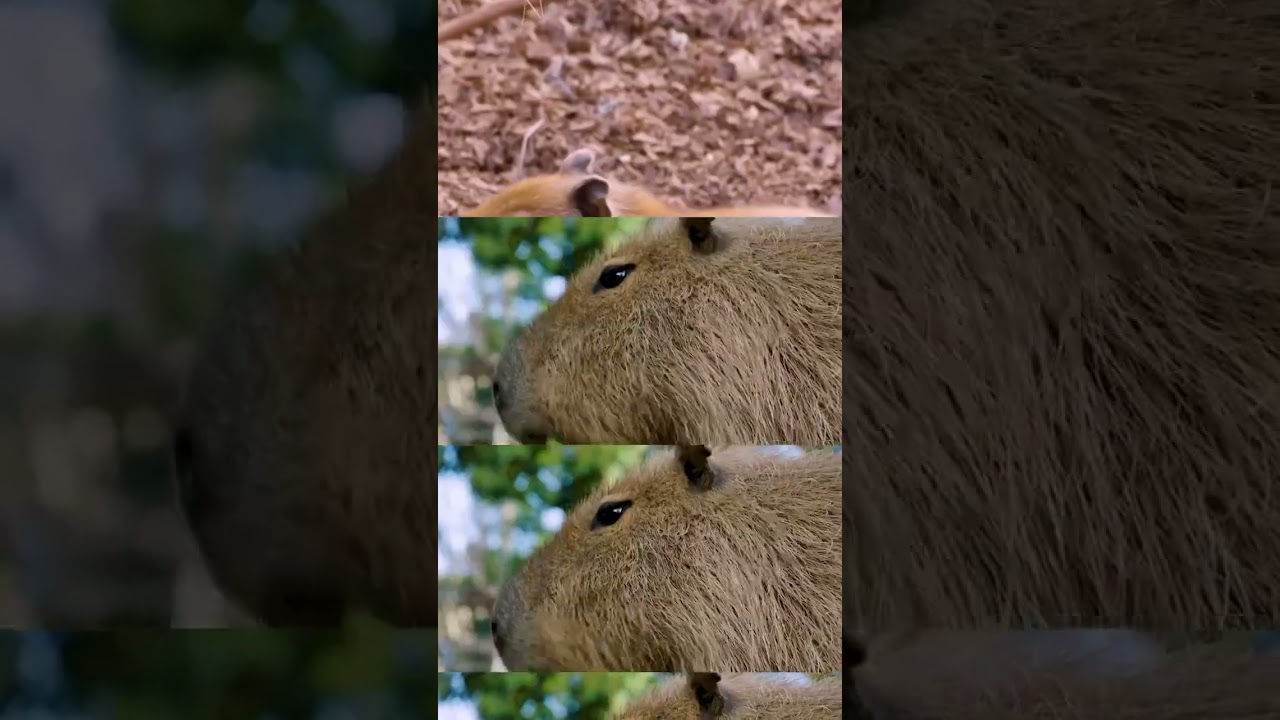Summary:
1. Introduction to Capybara Appreciation Day
2. The physical characteristics of capybaras
3. The social behavior of capybaras
4. Capybara habitats and their ecological importance
5. Fun facts about capybaras
—
Capybara Appreciation Day is a wonderful opportunity to celebrate the largest rodent in the world, known as the capybara, and acknowledge its unique and fascinating aspects. So, let’s embark on a journey into the captivating world of these adorable creatures!
Capybaras, belonging to the family Hydrochoeridae, are native to South America and are closely related to guinea pigs and rock cavies. These endearing animals have elicited awe and admiration from zoologists, zookeepers, and animal enthusiasts alike.
First and foremost, let’s delve into the physical characteristics of the capybara. These magnificent rodents can reach up to four feet and weigh around 100 pounds, making them significantly larger than your average rodent. With webbed feet and the ability to hold their breath underwater for up to five minutes, capybaras are superb swimmers. Their coarse, reddish-brown fur is accompanied by relatively long snouts, round ears, and dark, soulful eyes that will surely capture your heart.
Aside from their physical attributes, capybaras exhibit intriguing social behavior. They are highly social animals and often form large groups known as herds. These herds can consist of anywhere between 10 to 100 individuals, making capybaras highly adaptable and capable of thriving in various habitats. Within these groups, capybaras display remarkable cooperation and care for one another. They engage in grooming sessions, known as allogrooming, where they clean each other’s fur and establish strong social bonds. This behavior strengthens their relationships and serves as an effective means of pest control, as capybaras remove parasites from their herd members’ coats.
Moving on to their habitats, capybaras are mainly found in wetlands, marshes, and along riverbanks. These semi-aquatic creatures are perfectly adapted to such environments, as their webbed feet aid in swimming and navigating through marshy terrain. In addition to their impressive swimming abilities, capybaras possess eyes and nostrils positioned high on their heads, allowing them to stay alert while most of their bodies are submerged. Their unique adaptations facilitate an efficient lifestyle, enabling them to access abundant food sources and seek refuge from predators.
The presence of capybaras in various ecosystems holds immense ecological importance. As herbivores, they primarily feed on grasses, aquatic plants, and even fruits. By consuming vegetation, capybaras play a crucial role in controlling plant overgrowth, which in turn helps maintain a balanced ecosystem. Furthermore, their grazing habits help create open spaces within dense vegetation, allowing other species to flourish. Capybara habitats often become havens for diverse wildlife, including birds, insects, and amphibians.
Now, let’s explore some intriguing and fun facts about capybaras that will captivate your attention. Did you know these remarkable creatures have continuously growing incisors, similar to their rodent relatives? As a result, capybaras must consistently gnaw on vegetation to keep their teeth trimmed and prevent overgrowth. Despite being herbivores, these gentle giants have been observed engaging in occasional opportunistic feeding behavior, snacking on small vertebrates, such as birds or fish.
Capybaras also possess unique digestive adaptations. They possess a special compartment in their stomach known as the cecum, which aids in breaking cellulose-rich plant material through bacterial fermentation. This clever adaptation allows capybaras to extract maximum nutrients from their herbivorous diet.
Another astonishing fact about capybaras is their ability to communicate through various vocalizations, including purring, barking, whistling, and even clicking their teeth. These vocalizations serve as social signals, helping capybaras establish dominance, communicate warnings, and convey their readiness for breeding.
In conclusion, Capybara Appreciation Day offers a wonderful opportunity to learn about and celebrate the largest rodent in the world. Their physical characteristics, social behavior, habitats, and ecological importance make them remarkable creatures. These fascinating facts about capybaras are just the tip of the iceberg, and I encourage you to delve deeper into the captivating world of these lovable creatures and continue to appreciate them. So, join us in honoring and cherishing these adorable giants on Capybara Appreciation Day – a day dedicated to showcasing the marvelous wonders of wildlife and fostering a deeper bond with the animal kingdom.
*****
Source Description

